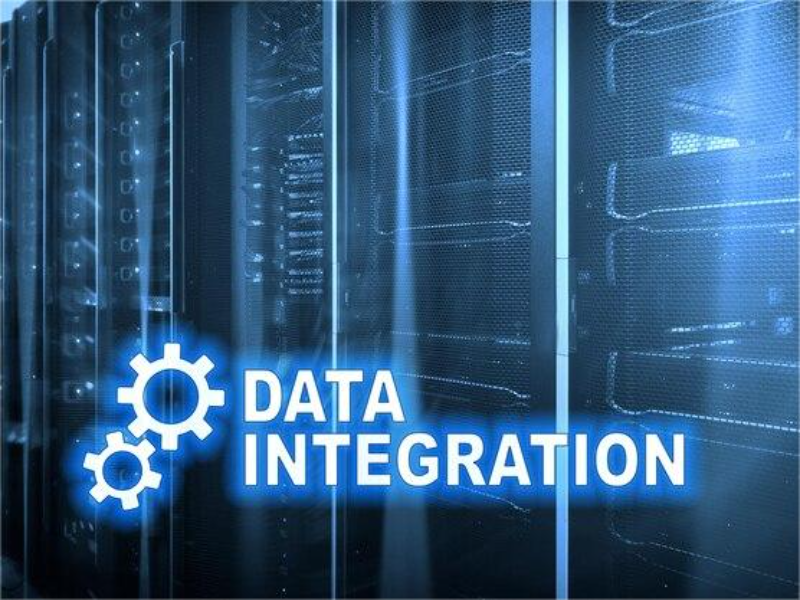- Data integration techniques combine data from multiple sources into a unified view.
- Effective data integration improves data quality and supports better decision-making.
In today’s data-driven environment, organisations are increasingly relying on data integration techniques to manage and leverage information from various sources. These techniques are essential for creating a comprehensive view of data, enhancing decision-making processes, and ensuring consistency across systems. Here’s a closer look at the primary data integration techniques that businesses use to unify their data effectively.
Extract, Transform, Load (ETL)
ETL is one of the most traditional and widely used data integration methods. It involves a series of steps designed to consolidate data from different sources into a single data repository, typically a data warehouse.
- Extract: The first step involves retrieving data from various source systems, such as databases, spreadsheets, or applications. This data can be structured, semi-structured, or unstructured, depending on the source.
- Transform: Once the data is extracted, it undergoes a transformation process where it is cleaned, enriched, and converted into a format suitable for analysis. This may include standardising formats, correcting errors, and aggregating information.
- Load: The final step involves loading the transformed data into the target system, usually a data warehouse or a data lake, where it can be stored and accessed for reporting, analysis, and business intelligence.
ETL is crucial for businesses that need to consolidate large volumes of data from multiple sources into a single repository, enabling more efficient querying and reporting.
Also read: IoT data integration: Unlocking insights for a smarter future
Extract, Load, Transform (ELT)
ELT is similar to ETL but differs in the sequence of operations. This technique is often used in modern cloud-based environments due to its efficiency and scalability.
- Extract: Data is extracted from source systems as in ETL.
- Load: Instead of transforming the data before loading, the raw data is directly loaded into the target system, such as a cloud-based data warehouse.
- Transform: Transformation occurs after the data is loaded into the target system, utilising the processing power of the data warehouse to handle complex data transformations.
ELT is beneficial for environments with powerful data processing capabilities, as it allows organisations to leverage the target system’s computational power for data transformation, making it suitable for handling large datasets and complex transformations.

Data virtualisation
Data virtualisation provides a different approach by creating a virtual data layer that integrates data from multiple sources without physically consolidating it. This method allows users to access and query data from various sources through a unified interface.
- Virtual Layer: A virtual data layer is created, which provides a real-time, consolidated view of data from disparate sources without moving or replicating it.
- Access and Query: Users can access and query the data as if it were coming from a single source, simplifying the process of data integration and analysis.
Data virtualisation is particularly useful for real-time data access and reduces the need for data replication, making it a flexible and agile solution for integrating data from numerous sources.
Also read: What is data interoperability and what is its advantage?
Data federation
Data federation involves creating a unified view of data by integrating it at the query level. Unlike data virtualisation, which creates a virtual data layer, data federation enables access to data from multiple sources through a single interface.
- Unified View: Data federation integrates data at the query level, providing a way to access and query distributed data sources as if they were a single source.
- Seamless Access: This technique allows organisations to combine data from different databases or systems without physically consolidating it, enabling seamless access to diverse data sources.
Data federation is useful for organisations that need to integrate and access data from multiple databases or systems without the need for data consolidation.
Each of these data integration techniques serves different purposes and is suited to various organisational needs. By choosing the right method, businesses can effectively manage and utilise their data, leading to better insights and decision-making.

